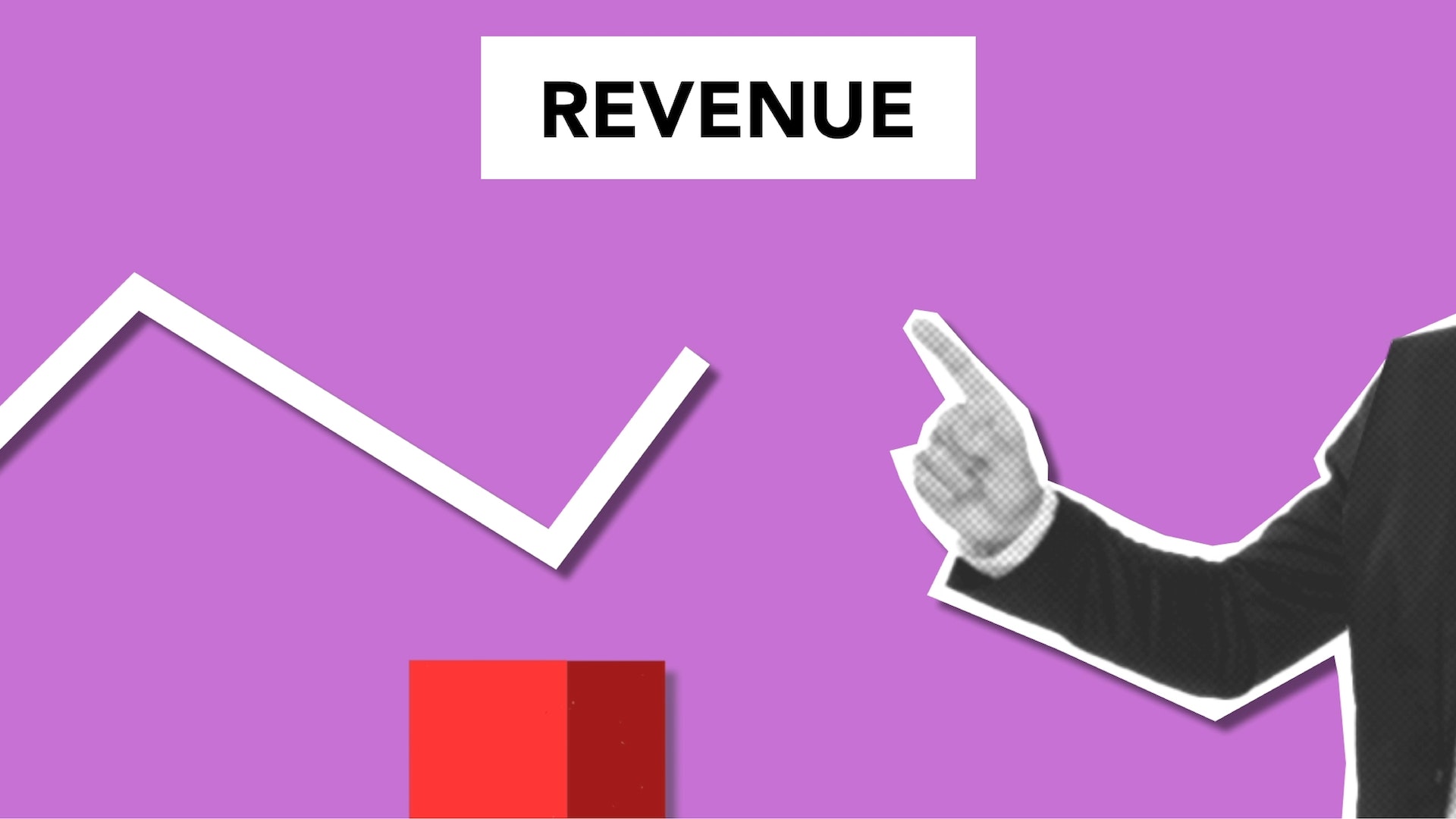Accounting can be tricky, especially when dealing with different standards. If you’re working with financial reports, you’ve probably heard about GAAP and SaaS accounting. But what’s the difference?
Let’s break it down in a simple, easy-to-understand way.
What is GAAP?
GAAP stands for Generally Accepted Accounting Principles. These are the rules and guidelines for financial reporting in the U.S. If a company follows GAAP, its finances are presented clearly and consistently.
GAAP is designed for traditional businesses, like retail stores or manufacturers. It ensures that everyone speaks the same financial “language.”
What is SaaS Accounting?
SaaS (Software as a Service) companies operate differently. Instead of selling products once, they make money through recurring subscriptions.
Standard GAAP rules don’t always fit well with how SaaS businesses earn money. That’s why SaaS accounting has special methods to track revenue, expenses, and customer transactions.

Main Differences Between GAAP and SaaS Accounting
Now, let’s see where they differ.
1. Revenue Recognition
GAAP follows strict rules about when revenue is recognized. Usually, revenue is recorded when a product is delivered or a service is performed.
SaaS accounting uses something called revenue recognition over time. A SaaS company might receive an annual subscription payment upfront, but it can’t count it as revenue all at once. Instead, it spreads that revenue out over the subscription period.
2. Customer Acquisition Costs (CAC)
GAAP treats marketing and sales expenses as regular costs. They are usually recorded when spent.
But in SaaS accounting, customer acquisition costs can be capitalized. This means some costs are spread over time if they help get long-term customers.
3. Deferred Revenue
With GAAP, things are simple—money received is income unless stated otherwise.
For SaaS, upfront subscription payments are treated as deferred revenue. This money is recorded as a liability (something owed) until it is “earned” over the subscription period.

4. Churn and Lifetime Value (LTV)
Traditional GAAP doesn’t worry about customer churn (customers canceling services). It’s not a big deal for businesses that sell once and move on.
SaaS accounting focuses a lot on churn and lifetime value (LTV). These numbers help predict future revenue and profitability.
Why Does This Matter?
Using the wrong accounting approach can give a misleading picture of a company’s financial health.
- Investors want to see accurate revenue projections.
- Businesses need to understand cash flow.
- Without proper SaaS accounting, profits might be overstated or understated.
Should SaaS Companies Follow GAAP?
Yes, but with modifications. Many SaaS businesses still follow GAAP, but they also apply specialized accounting rules for subscriptions, deferred revenue, and customer costs.
This balanced approach ensures compliance while making SaaS finances more understandable.
Final Thoughts
GAAP is the foundation of accounting, but SaaS companies need more flexibility. Traditional revenue models don’t fit well with subscription-based services.
That’s why SaaS accounting exists—to track revenue the right way and give a clearer financial picture.

Understanding these differences is crucial for CEOs, accountants, and investors. Use the proper methods, and your financial reports will make sense to everyone!
